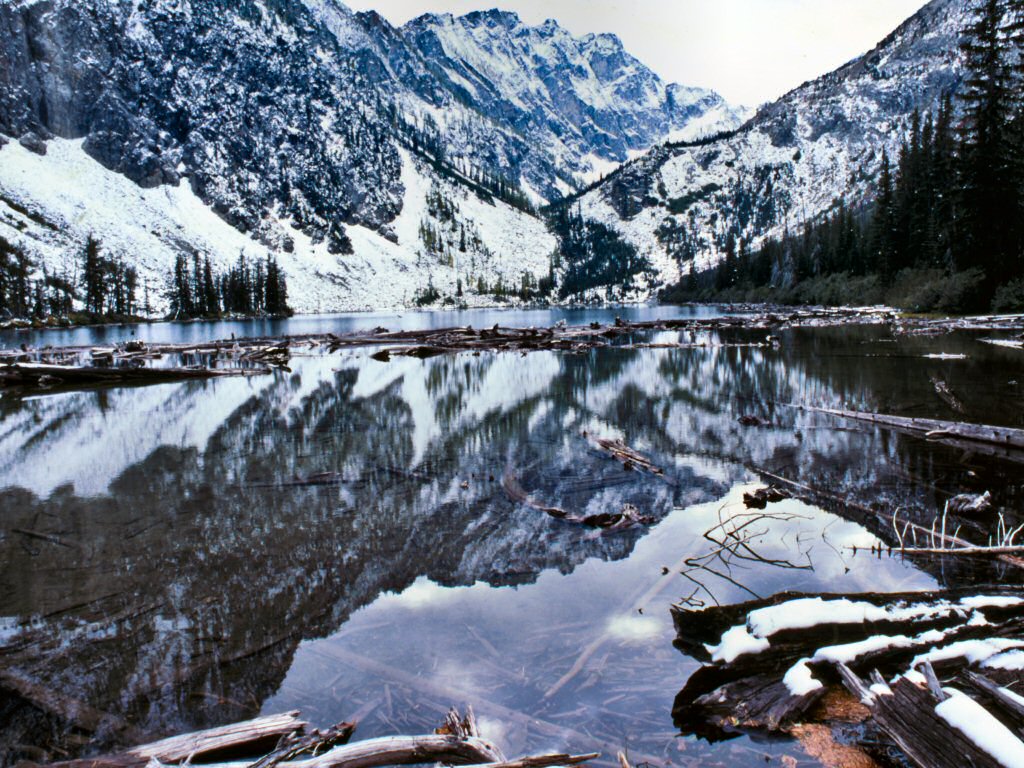Okanogan-Wenatchee National Forest
The Okanogan-Wenatchee National Forest is a large and diverse landscape, encompassing 3.8 million acres along the east slopes of the Cascade Range in Washington.
The Okanogan-Wenatchee National Forest encompasses more than 3.8-million acres in Washington state and stretches north to south from the Canadian border to the Goat Rocks Wilderness - a distance of about 180 miles. The forest lies east of the Cascade Crest, which defines its western boundary. The eastern edge of the forest extends into the Okanogan highlands west of the Okanogan River, then south along the Columbia River, and then to the Yakima River valley.
Because of this wide geographic range, the forest is very diverse - from the high, glaciated alpine peaks along the Cascade Crest and the numerous mountain ranges extending eastward from the crest, through deep, lush valleys of old growth forest, to the dry and rugged shrub-steppe country at its eastern edge. Elevations range from below 1,000 ft. to over 9,000 ft. Precipitation varies widely - from more than 70-inches along the crest to less than 10-inches at its eastern edge. This of course greatly affects the forest and vegetation types across the area.

The story behind the forest
The Okanogan-Wenatchee National Forest owes its origin to the "Washington's Birthday Reserves" proclamation signed on February 22, 1897, by President Grover Cleveland. This proclamation created 13 forest reserves covering 21 million acres in the western states. In 1905, the forest reserves were transferred from the Department of the Interior to the Department of Agriculture, and the Forest Service was created. Watch raptors migrate through a unique program. Through the Chelan Ridge Raptor Migration Project, Hawk Watch International has teamed up with Okanogan and Wenatchee National Forests to monitor and learn more about raptors migrating through the eastern Cascade Mountains of Washington within the Pacific Coast Flyway.
Counts typically range between 2,000-3,000 migrants of up to 17 species per season. The most commonly seen species are the Sharp-shinned Hawk, Red-tailed Hawk, Cooper's Hawk, Northern Harrier, Golden Eagle, and American Kestrel. The project runs from 27 August through 31 October (or whenever the snow forces the crew off the ridge).
Get outdoors
There are over 140 campgrounds and picnic areas on the Okanogan-Wenatchee National Forest. Several of the larger campgrounds also offer group reservation opportunities. There are also several cabins and a lodge that can be rented. Most campgrounds on the forest are first come, first served. Many campgrounds have some sites that can be reserved.

